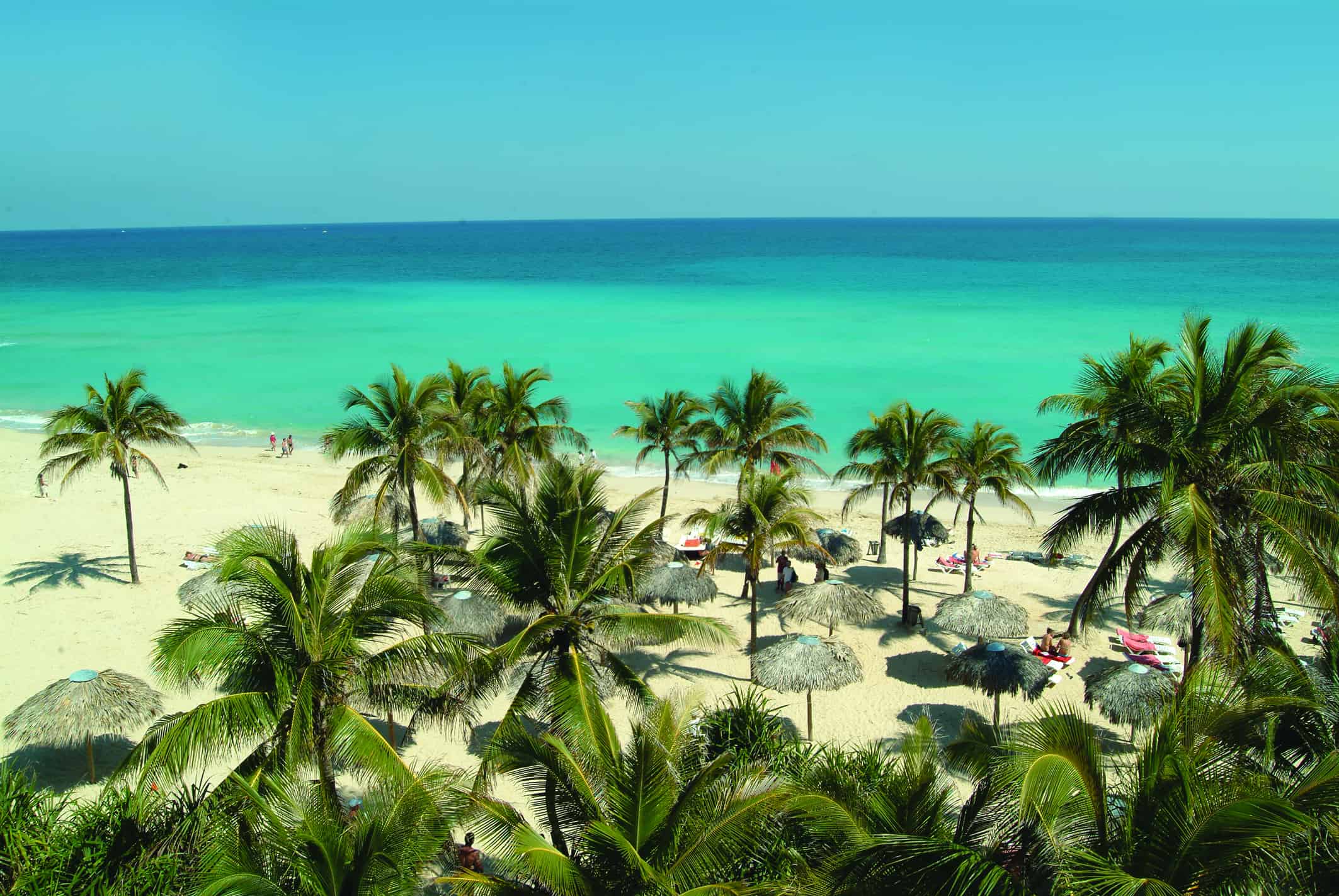 Cuba Tourist BoardFor centuries Havana has served as the gateway to the Gulf of Mexico. Originally christened La Villa de San Cristóbal de la Habana, the city was the storehouse for treasures that Spanish fleets brought to the New World, before morphing into the centre of trade and commerce between the old and new worlds. Havana’s first building, overlooking the entrance to a protected bay, dates back to 1519, and its strategic position was a major factor in its rapid growth, and the construction of a sea wall in the 17th and 18th centuries. In 1982, Old Havana, the city’s historic centre, was declared a UNESCO World Heritage site.
Cuba Tourist BoardFor centuries Havana has served as the gateway to the Gulf of Mexico. Originally christened La Villa de San Cristóbal de la Habana, the city was the storehouse for treasures that Spanish fleets brought to the New World, before morphing into the centre of trade and commerce between the old and new worlds. Havana’s first building, overlooking the entrance to a protected bay, dates back to 1519, and its strategic position was a major factor in its rapid growth, and the construction of a sea wall in the 17th and 18th centuries. In 1982, Old Havana, the city’s historic centre, was declared a UNESCO World Heritage site.
Today, Havana’s museums, theatres and concert halls, art galleries and cultural institutions are popular venues, while some – such as the National Ballet of Cuba, House of the Américas, Foundation of New Latin American Film and National Folkloric Dance Group – have won international acclaim.
 Cuba Tourist BoardThe Places To See
Cuba Tourist BoardThe Places To See
Havana has so much to see and do. In Old Havana El Templete is where Habaneros come every November 16 to celebrate the anniversary of the first mass and the first town council of San Cristobal de la Habana. Major events are held in Parade Square, where the Castillo de la Real Fuerza (1577) houses the most important pottery art collection in the island and features La Giraldilla, an artistic wind vane that has become a symbol of the city; and the Captain-General’s Palace (Museum of the City) and El Segundo Cabo also stand. In Cathedral Square the recently restored Plaza Vieja (Old Square) is the site of San Juan de Jaruco mansion and Francis of Assisi square where the church and convent of the same name stand; one of the cloisters houses the Museum of Sacred Art. Two ruins mark Morro-Cabaña Historic Military Park: El Castillo de los Tres Reyes del Morro (The Castle of the Three Kings of El Morro), built in 1630; and the fortress of San Carlos de la Cabaña, erected in 1774. Both house military museums, and cannons are still shot daily at 9 p.m. Across from the park are the famous Prado Promenade, the Great Theatre of Havana and the Capitol building.
 Cuba Tourist Board
Cuba Tourist Board
Outside the historic centre of town, the famous 12-kilometre oceanside road, Malecon, links Old Havana to the busy neighbourhood of Vedado and the University of Havana, Revolution Square and the José Martí Monument (highest lookout in the city) and the Colon Cemetery, one of the world’s largest necropolises. About six kilometres east of the city is the colourful fishing village of Cojímar, where Nobel laureate Ernest Hemingway kept his boat, the Pilar, and found material for many of his stories. Outside Havana’s east coast, more than 15 kilometres of fine beach stretch between Bacuranao and Guanabo, where weekend and vacation spots include Santa María del Mar. Further afield, beautiful Jibacoa Beach is 45 kilometres from Havana and boasts all kinds of water sports, horseback riding and bicycling.
Havana’s museums specialize in the arts, sciences and history and include: the Arms Museum, Literacy Museum, Jose Marti Birthplace, Museum of the City of Havana, Museum of Colonial Art, Museum of Decorative Arts, Museum of Natural Sciences, Museum of the People’s Struggle, Museum of the Revolution, Napoleonic Museum, National Museum of Fine Arts, Numismatic Museum, Postal Museum.
Enjoy a rhythmic Saturday afternoon with the Cuban National Folklore Group in the leafy patio outside the dance studio. The event includes a brief introduction to the Rumba, interpretations by professional dancers and musicians and a chance to join them in a rumba or two.
And then there is the nightlife. Enjoy the show and dancing at the Capri, Caribe, Copa or Parisien cabarets – all in the heart of modern Havana. The world-famous Tropicana Nightclub offers an extravagant show of colour and catchy rhythm provided by Cuban orchestras in its outdoor ballroom – a paradise under the stars.


